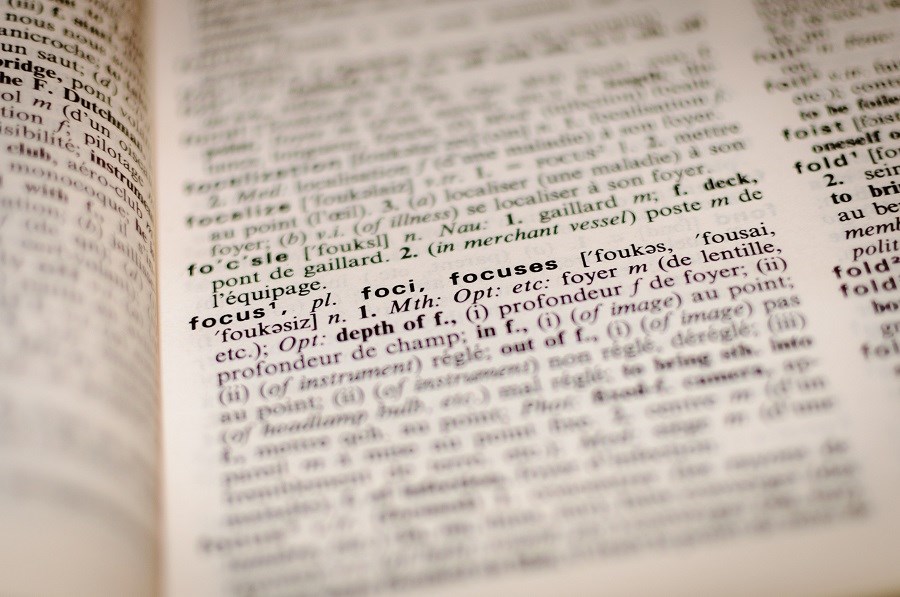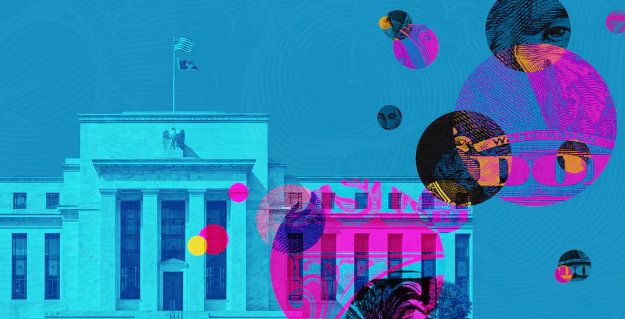
Editor's note: Read the latest on how the coronavirus is rattling the markets and what you can do to navigate it.
This year has been volatile. Market circuit breakers were triggered multiple times in March, temporarily halting trading. Markets briefly dropped into bear-market territory, and the spread of the coronavirus has led to widespread concern over a potential global recession.
But what does all this mean? What exactly is a bear market? How does it differ from an economic recession? Why was trading put on hold?
We answer some questions you may be asking while reading market news.
1. Why does trading stop?
Trading halts are caused by marketwide circuit breakers, automatic mechanisms that are triggered by extreme, broad declines in the market. The idea behind an automatic halt to trading is to calm panic-stricken markets. The circuit breakers force investors to take a brief pause from the ongoing chaos, review and reassess the situation, and acquire and assimilate information.
In an era of high-frequency computerized trading, circuit breakers are intended to act as a speed bump when markets are in a tailspin and help restore calm. The overall effectiveness of these measures, however, is debatable.
2. How is a bear market different from an economic recession?
Although the two often go hand in hand, they are associated with different issues. A recession describes a slowdown in economic output and is generally defined as at least two consecutive quarters of decline in gross domestic product, or GDP, which functions as a measure of economic health.
On the other hand, a bear market describes a stock market decline as a result of negative investor sentiment.
In short, the stock market is not the economy; the market may be up even as economic output is down.
3. What causes an economic recession?
The causes of an economic recession can vary. One potential cause is a loss of business and consumer confidence in investing and the economy. Lower confidence can mean retail sales slow and businesses hire fewer people. This creates a negative feedback loop as businesses cut back in response to lower demand, which in turn reinforces consumers’ pessimism.
Other potential causes include:
- High interest rates
- Falling housing prices and sales
- Credit crunches
An economic recession can also be a result of a bear market, which drains businesses’ capital. In this sense, the relationship of cause and effect between a bear market and an economic recession exists in both directions: Just as investor confidence and stock prices can fall in response to a recession, a bear market can also prompt a recession by putting a strain on companies that rely on investor capital. While COVID-19 has certainly put a drag on the global economy, it remains to be seen whether the recession will have lasting effects on economic output.
4. What causes a bear market?
A bear market is essentially a crisis of investor confidence, the causes of which can vary. The most common trigger of a bear market is a weak or slowing economy, or the anticipation of an economic slowdown.
Signs of a slowing economy may include:
- Falling productivity
- Rising unemployment
- Low consumer confidence
- Decreasing corporate profits
- Low disposable income
These signs may cause investors to become pessimistic about the prospect of future returns on investment, prompting them to sell shares. The market declines as a sell-off gains momentum and pessimism spreads.
This article was originally published in the U.S. and has been edited for a Canadian audience.




















